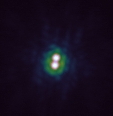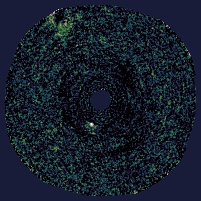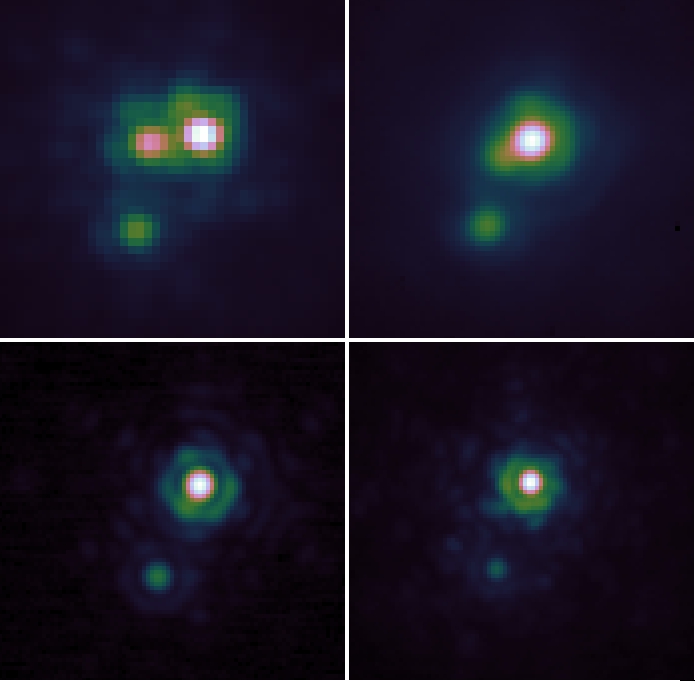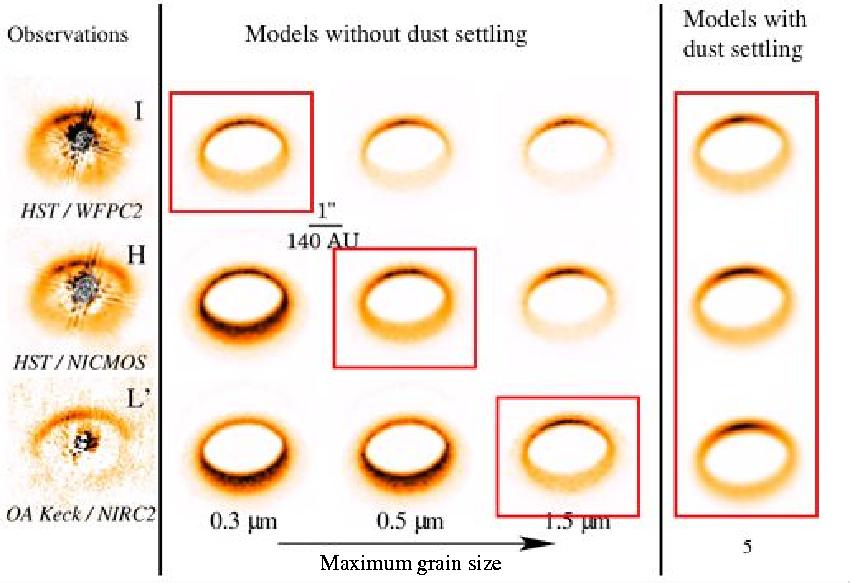Imaging of protoplanetary and
debris disks
Circumstellar disks around pre-main sequence stars represent
the birthplace for planetary systems while the debris disk
phenomenon occurs after planet formation, when collisions
between large planetesimals produce short-lived small dust
grains. My work in this area focuses on obtaining
high-resolution imaging datasets that help resolve the
spatial structure and determine the dust properties of
disks. To this end, I use a combination of:
- the Hubble Space Telescope;
- adaptive optics on the largest ground-based
telescopes;
- (sub)millimeter interferometer arrays.
Images to the right show the HR 4796 A debris ring in
total and polarized intensity at 2 micron, from data
obtained with the state-of-the-art adaptive optics-fed
Gemini Planet Imager (Perrin et al. 2015). On the bottom
is a 3 color composite Hubble Space Telescope of an
edge-on protoplanetary disk with its associated collimated
jet.
In 2018, I contributed to an ARAA
review on Debris Disks with Meredith Hughes
and Brenda Matthews, building on Herschel, ALMA, HST and
ground-based adaptive optics imaging of these systems.
|
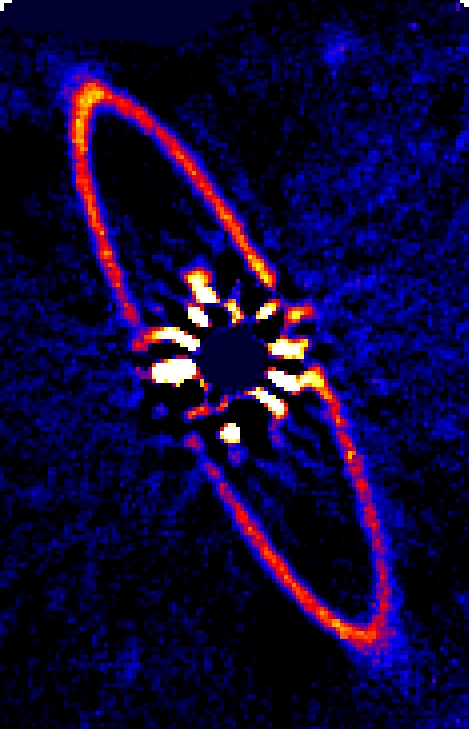 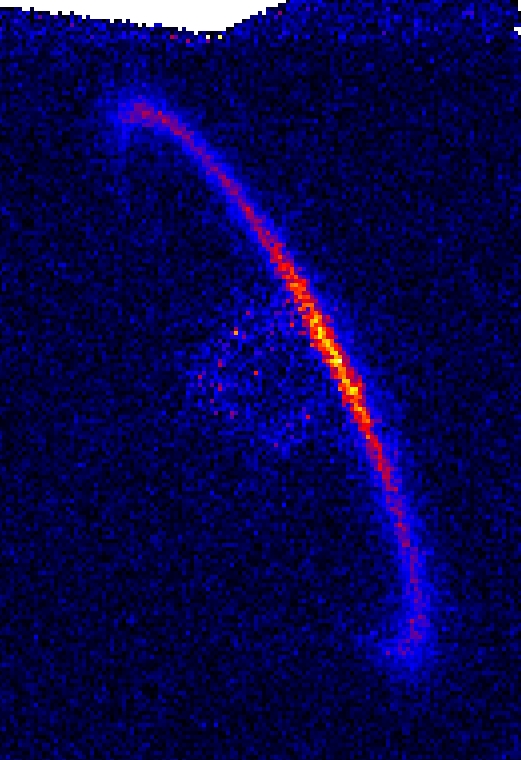
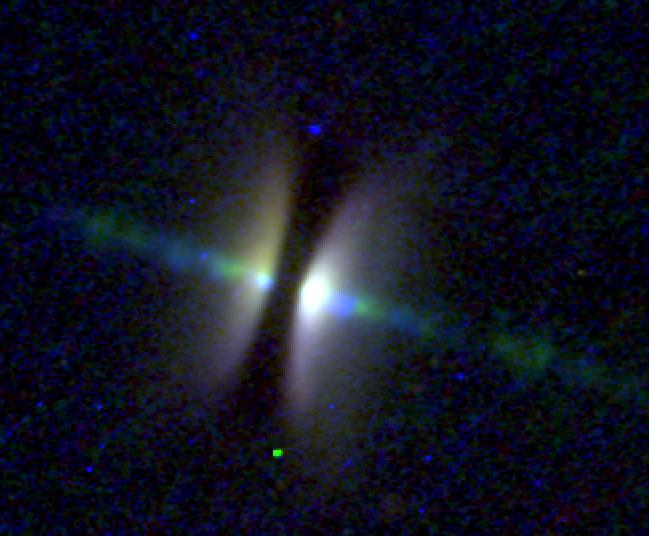
|
